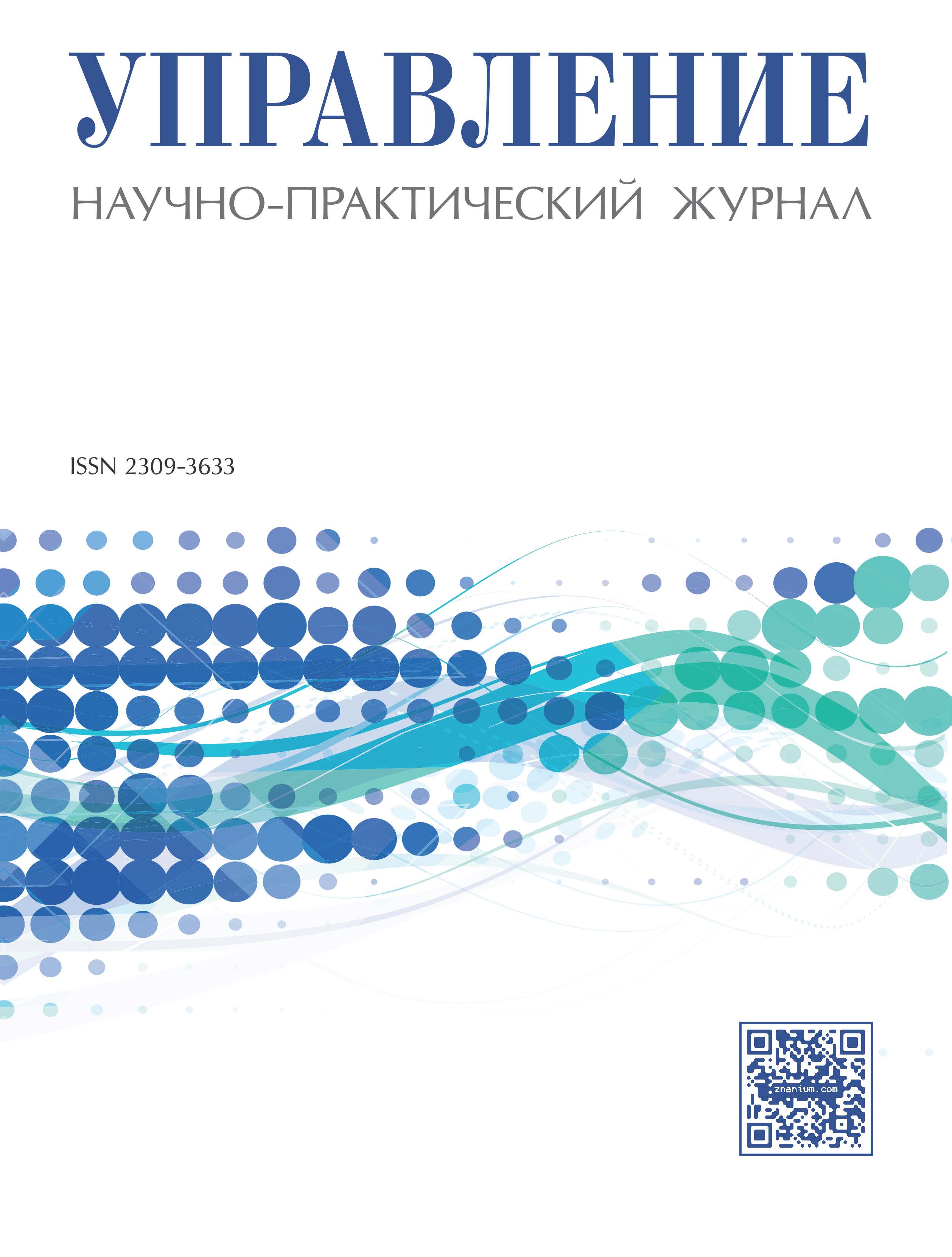Moskva, Moscow, Russian Federation
The article deals with the problems and consequences of inequality in society and the erosion of the middle class in the developed countries, as well as the particularities of these processes in Russia. The result of the growing inequality in the United States and other leading countries is an aggravation of social problems. It is difficult for a large number of young people to get а high-quality education and, in the long run, paid jobs and their own homes. There has been a deterioration of health, reduction of life expectancy for the poorest sectors of the population, increase in crime and in the number of people in custody. Leading scientists from the West offer solutions to these problems. The article shows that Russian “middle class” has the essential features and is still in the course of its formation. Crisis of 2014 damaged Russian middle class, which performs important functions in the economic and social development of Russia. That class is the main consumer of the produced economic benefits; investor whose savings are channeled to the development of the economy. Representatives of the middle class generate and accumulate human capital needed for the development of an innovative economy. The crucial role of this layer of society is to serve as a social stabilizer. The slowdown of the middle class, and even more, its size reduction can cause serious damage to the economic and social development of Russia.
middle class, “the old middle class”, socio-economic inequalities, the erosion of the middle class, economic growth, social State, social protection.
Согласно ст. 7 Конституции, «Российская Федерация – социальное государство, политика которого направлена на создание условий, обеспечивающих достойную жизнь и свободное развитие человека» [3].
1. Analiticheskiy material Instituta sotsial’nogo analiza i prognozirovaniya Rossiyskoy akademii narodnogo khozyaystva i gosudarstvennoy sluzhby pri Prezidente Rossiyskoy Federatsii. 2014-2015 gg. [Analytical material of the Institute of Social Analysis and Forecasting of the Russian Academy of National Economy and Public Service under the President of the Russian Federation. 2014-2015]. Ekonomicheskiy krizis - sotsial’noe izmerenie [Economic crisis - a social dimension]. Available at: http:// economytimes.ru/sites/default/files/2015-SM.pdf
2. Giddens Entoni. Sotsiologiya [Sociology]. Available at: http://www.studfiles.ru/preview/1865904/page:22/
3. Konstitutsiya Rossiyskoy Federatsii [The Constitution of the Russian Federation]. Available at: http://constrf.ru/ razdel-1/glava-1/st-7-krf.
4. Maleva T.M. Burdyak A.Ya. Tyndik A.O. Srednie klassy na razlichnykh etapakh zhiznennogo puti [Middle classes at different stages Life path]. Zhurnal Novoy ekonomicheskoy assotsiatsii [Journal of the New Economic Association]. I. 3 (27), pp. 109-138. Available at: http://www.ranepa.ru/ images/News/2015-12/statya-srednie-klassy.pdf.
5. Moskvichi gorazdo bogache drugikh rossiyan [Muscovites are much richer than other Russians]. Zato provintsialy bogateyut bystree [But provincials get richer faster]. Available at: http://izvestia.ru/news/293959.
6. Piketti Tomas. «Kapital v XXI veke» [“Capital in the XXI century”]. Ad Marginem Publ., 2015. 592 p.
7. Pochti 50% predstaviteley srednego klassa stali «okhotnikami za skidkami» [Almost 50% of middle-class people became “hunters at a discount”]. Available at: http://www.rbc.ru/ economics/14/07/2016/578796a99a79474de8db3638.
8. Rossiyskiy sredniy klass v usloviyakh stabil’nosti i krizisov [Russian middle class in conditions of stability and crises]. Doklad Instituta sotsiologii Rossiyskoy akademii nauk (IS RAN) [Report of the Institute of Sociology of the Russian Academy of Sciences (IS RAS)]. Available at: http://www. isras.ru/rezume_Ross_sredn_klass_v_usloviyah_ stabilnosti_i_krizisov
9. Sovremennye problemy khozyaystvennogo razvitiya s pozitsiy ekonomicheskoy teorii [Modern problems of economic development from the perspective of economic theory]. Moscow, RUSAYNS Publ., 2017. 290 p.
10. Stiglits Dzh. Tsena neravenstva. Chem rassloenie obshchestva grozit nashemu budushchemu [The price of inequality. How does the stratification of society threaten our future]. Eksmo Publ., 2012. 720 p.
11. Tikhonova N.E., Goryunova S.V. Teoretikometodologicheskie problemy analiza srednego klassa [Theoretical and methodological problems of the analysis of the middle class]. SPERO [SPERO]. 2008, I. 9, pp. 83- 91.
12. Chislo schitayushchikh sebya srednim klassom sokratilos’ na 14 mln chelovek [The number of those who consider themselves middle-class has decreased by 14 million people]. Available at: http://www.rbc.ru/economics/10/10/2016/5 7fb78e39a79470b0847a997
13. Europe’s disappearing middle class? Evidence from the world of work. Available at: http://www.ilo.org/wcmsp5/ groups/public/---dgreports/---dcomm/---publ/ documents/publication/wcms_536609.pdf
14. Paul Krugman (May 8, 2014). Why We’re in a New Gilded Age. New York Review of Books. Retrieved April 14, 2014 Available at: http://www.nybooks.com/articles/ archives/2014/may/08/thomas-piketty-new-gilded-age/







